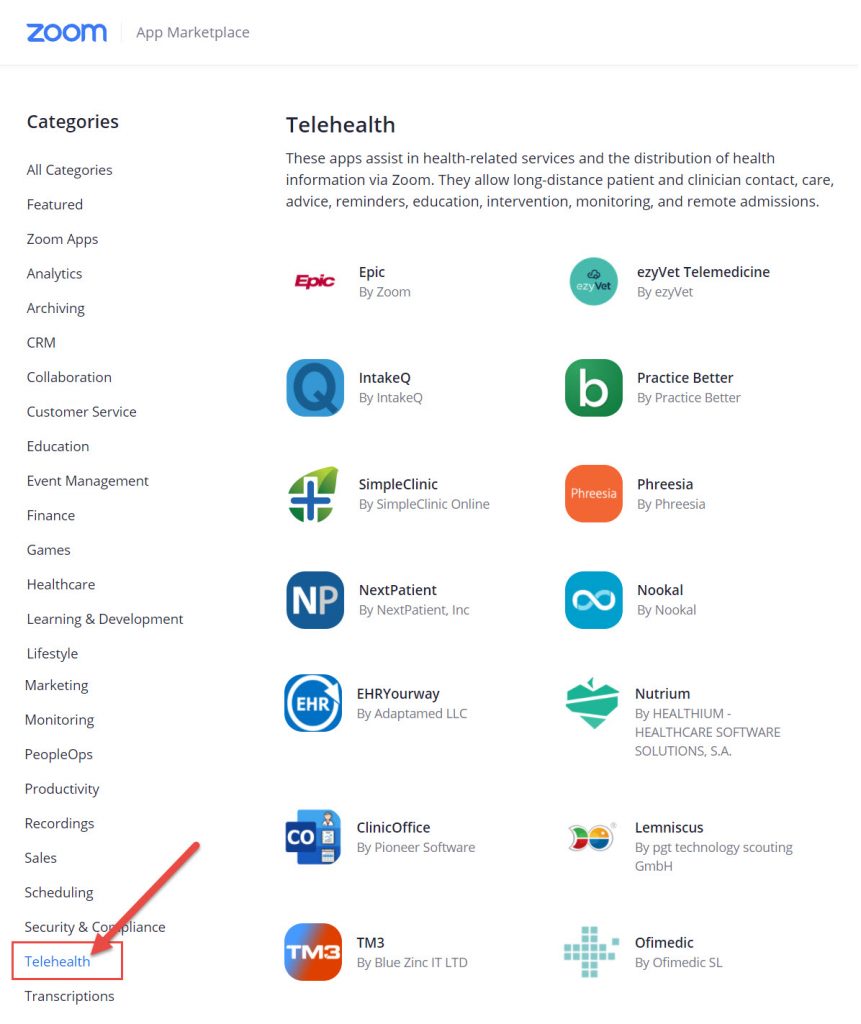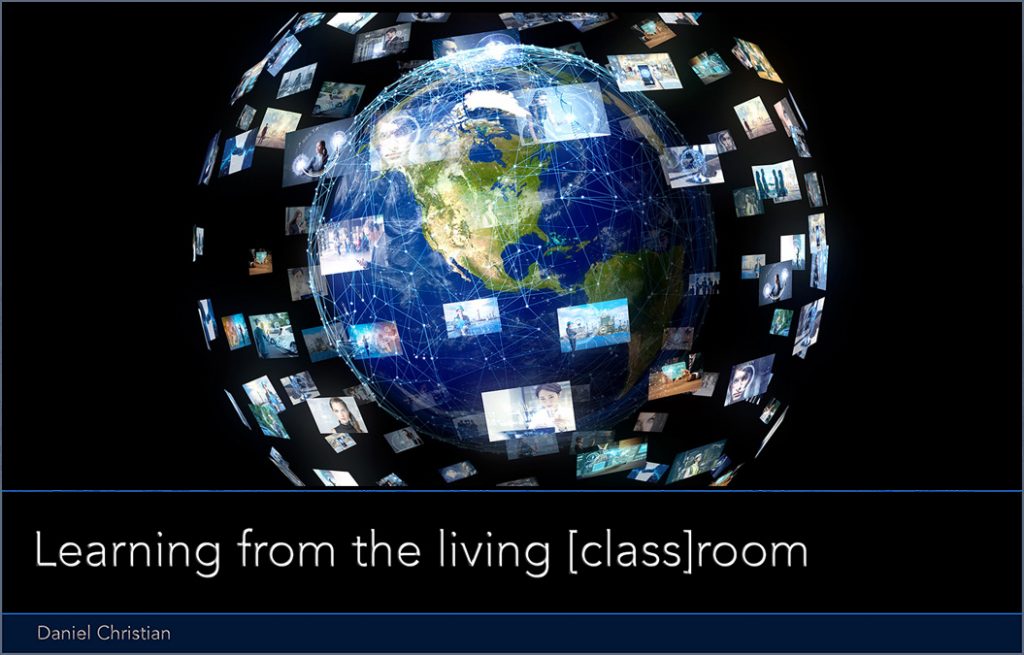Justice, Equity, And Fairness: Exploring The Tense Relationship Between Artificial Intelligence And The Law With Joilson Melo — from forbes.com by Annie Brown
Excerpt:
The law and legal practitioners stand to gain a lot from a proper adoption of AI into the legal system. Legal research is one area that AI has already begun to help out with. AI can streamline the thousands of results an internet or directory search would otherwise provide, offering a smaller digestible handful of relevant authorities for legal research. This is already proving helpful and with more targeted machine learning it would only get better.
The possible benefits go on; automated drafts of documents and contracts, document review, and contract analysis are some of those considered imminent.
Many have even considered the possibilities of AI in helping with more administrative functions like the appointment of officers and staff, administration of staff, and making the citizens aware of their legal rights.
A future without AI seems bleak and laborious for most industries including the legal and while we must march on, we must be cautious about our strategies for adoption. This point is better put in the words of Joilson Melo; “The possibilities are endless, but the burden of care is very heavy[…]we must act and evolve with [caution].”











